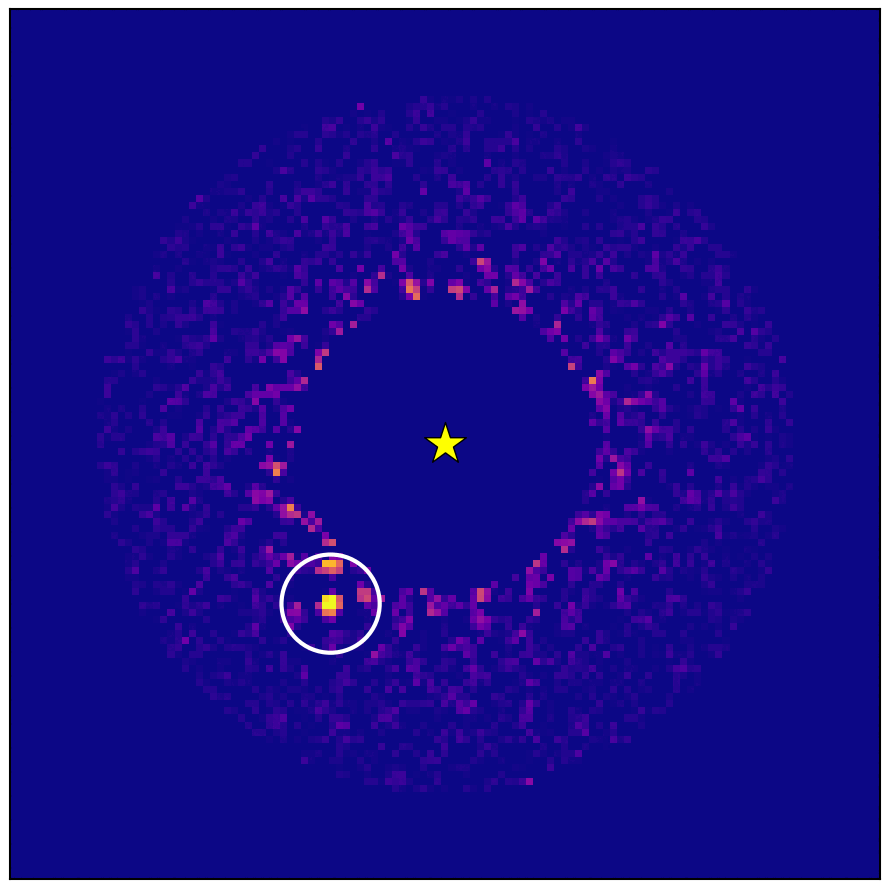
Astronomers have directly detected and imaged a gas giant orbiting another star by combining different techniques for hunting exoplanets.
Researchers first looked at a catalog of star-mapping data combined from the European Space Agency’s (ESA) Gaia and older Hipparcos missions to identify stars that, based on their apparent movements or wobbles, are likely to be orbited by giant — and thus potentially visible — planets.
The international team of scientists then used the National Astronomical Observatory of Japan’s Subaru Telescope on Mauna Kea, Hawaii. Observations using the telescope’s coronagraphic adaptive optics and spectrograph instruments in July and September 2020 and May and October 2021 led to the discovery of the exoplanet HIP 99770B, a new study reports.
Related: Exoplanets: Worlds beyond our solar system
HIP 99770B is a gas giant planet about 15 times the mass of Jupiter orbiting the star HIP 99770, which is around twice as massive as our sun.
Direct imaging provides information such as the composition of atmospheres around planets and their temperatures. But actually finding planets in this fashion is very difficult, accounting for only a handful of exoplanet discoveries.
However, using star-mapping data means astronomers know exactly where to look with follow-up telescope observations. This approach could bring further discoveries of exoplanets by direct imaging, potentially including Earth-like planets, scientists said.
"This is sort of a test run for the kind of strategy we need to be able to image an Earth," study lead author Thayne Currie, who's based at the National Astronomical Observatory of Japan in Hilo, Hawaii and the University of Texas-San Antonio, said in an ESA statement.
"It demonstrates that an indirect method sensitive to a planet’s gravitational pull can tell you where to look and exactly when to look for direct imaging," Currie said. "So I think that's really exciting."
The paper was published in the journal Science on April 13.
Follow us on Twitter @Spacedotcom or on Facebook.







